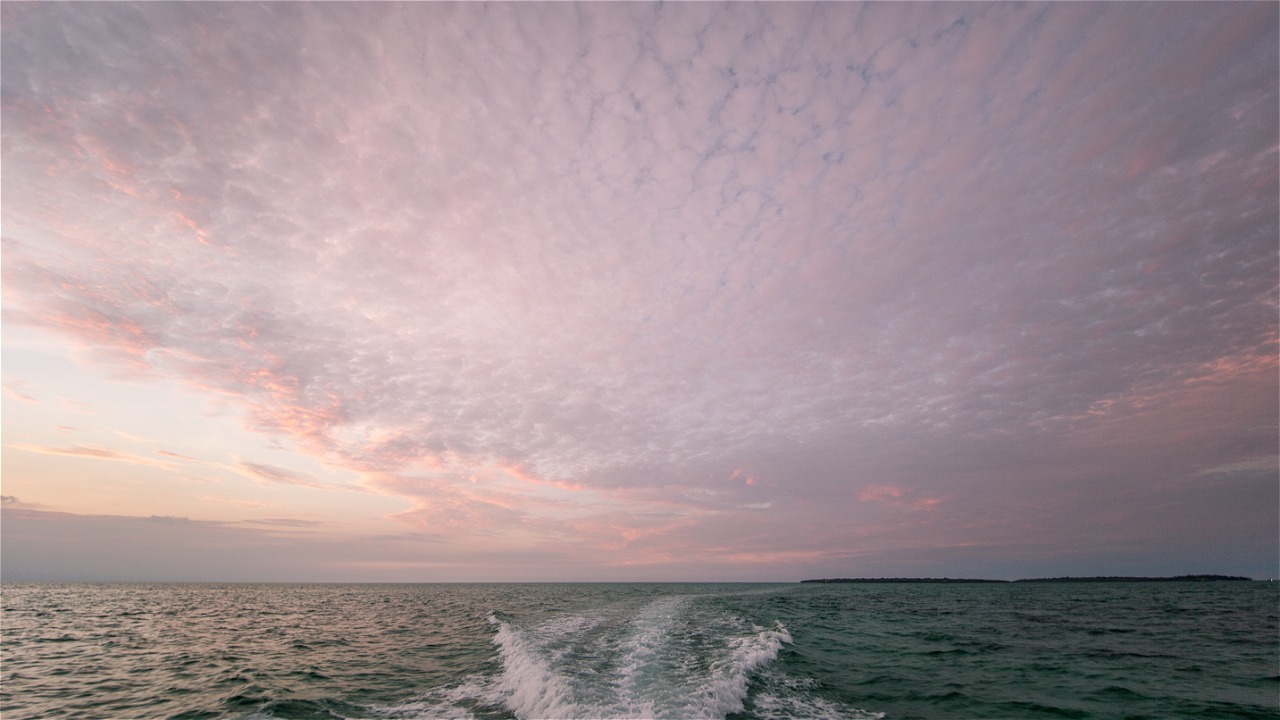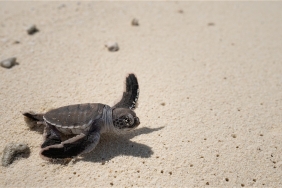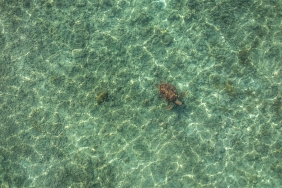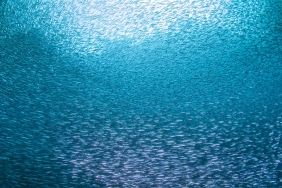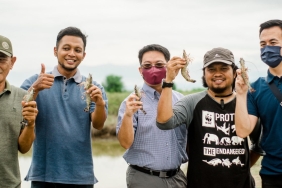OHOIDERTOM BECOMES A CENTER FOR COMMUNITY-BASED LOLA DEVELOPMENT
By: Sy. Y. Hadinata (Marine Species Assistant) and Rizal (Community Right Based Management Officer) WWF Indonesia - Inner Banda Arc Subseascape
The distribution of lola (Trochus niloticus) concentrated in the waters of Southeast Maluku, North Maluku and Central Maluku, is one of the marine resources that has great potential. The highest density lola distribution can be found in Kei Besar Island (Arafin, 1993). Lola, which has high economic potential with its high-grade pearlized shell, is now overexploited, causing the lola population to decline dramatically. Ecologically, lola has a function as a herbivore that controls macro algae as its food. This has certainly encouraged researchers to conduct various studies in the context of lola cultivation efforts in Indonesia. These efforts have been carried out in various regions in Indonesia, one of which is in Southeast Maluku, not only in Kei Besar but also in Kei Kecil, especially in the village or ohoi Ohoidertom.
As a village assisted by WWF-Indonesia - Inner Banda Arc Subseascape, ohoi Ohoidertom was assisted by WWF-Indonesia in the preparation of the Village Medium Term Development Plan (RPJMDes) with Sustainable Livelihood Assessment with one of the methods, namely institutional analysis. The results of the analysis showed that the Tual Marine Biota Conservation Workshop of the Indonesian Institute of Sciences (LIPI) was appointed as a potential institution to assist Ohoidertom in conservation and cultivation. After the sasi area in Ohoidertom ohoi, the Tual Marine Biota Conservation Institute (LIPI) conducted a Lola and Sea Cucumber Habitat Feasibility Study Research with the community. The results showed that the habitat in Ohoidertom is suitable for lola and sea cucumber breeding. The Ohoidertom community and the Tual LIPI Marine Biota Conservation Institute finally committed to work together to conduct research and cultivation of lola by involving the Southeast Maluku Regional Research and Development Agency (Balitbang Malra).
For marine resource commodities Ohoidertom has not yet cultivated, marine resources are usually protected with a sasi system until finally meeting with the Tual Marine Biota Conservation Institute of the Indonesian Institute of Sciences (LIPI) encourages restocking of lola, the process begins with site research, training in lola breeding, stocking seeds at sea (some in cages for observation) which will then be followed up with monitoring the level of life and growth of the lola and protected with a sasi system until harvest age.
As a first step in spawning lola, the Tual LIPI Marine Biota Conservation Institute held a Lola Cultivation Training for the Ohoidertom ohoi community which also involved surrounding ohoi-ohoi, including Ohoijang, Dunwahan, Elar, Sather, Ohoirenan and Har, on October 31. Then on November 4, restocking lola was carried out by spreading 2000 seeds on the coast of Ohoidertom and some in cages to determine their growth and resilience. In the process of spreading the seeds, the Ohoidertom community conducted traditional ceremonies and prayers led by traditional elders. Also present were the Regent of Southeast Maluku represented by Assistant III, Head of Malra Balitbang, Head of Bappeda, Head of Malra Diskan, Heads of ohoi Madwaer, Somlain, Ohoiren, Maar, Yatvav, Uf and Ohoidertom and their communities.
The shell of the lola, which is widely used as raw material for various types of industries such as paint, buttons and jewelry, as well as the meat consumed by the community, makes the need for lola conservation in Ohoidertom ohoi. In addition to the ecosystem being suitable for the location of lola development and the existence of local wisdom that supports conservation efforts, lola has been categorized as a rare animal for the community around ohoi Ohoidertom.
In its conservation, the role of the community is needed because the community is at the forefront as a protector and utilizer of natural resources. So community involvement is a top priority in order to jointly make the lola back as the main commodity of the community's source of income.

